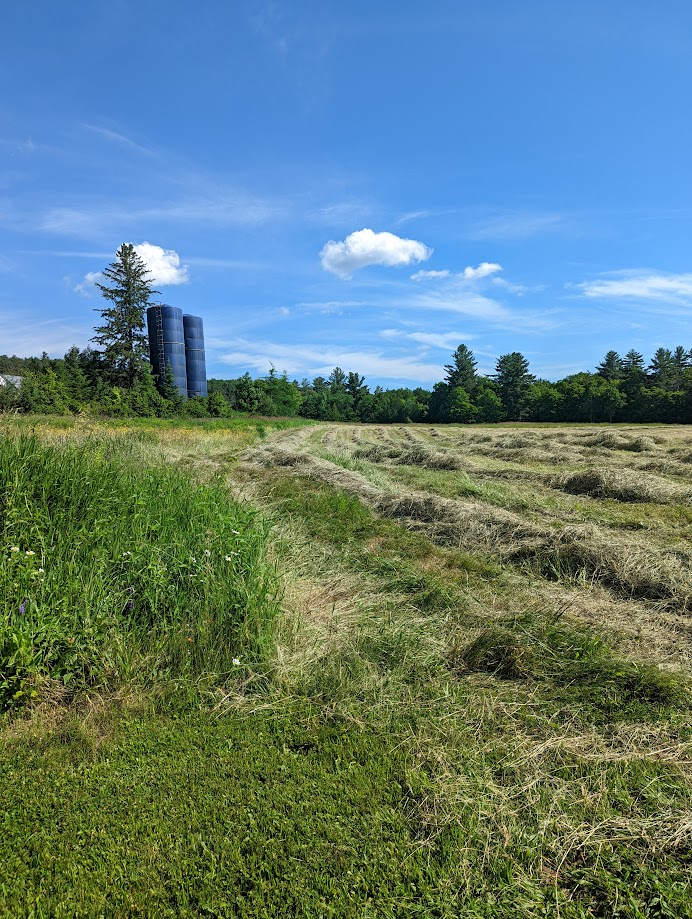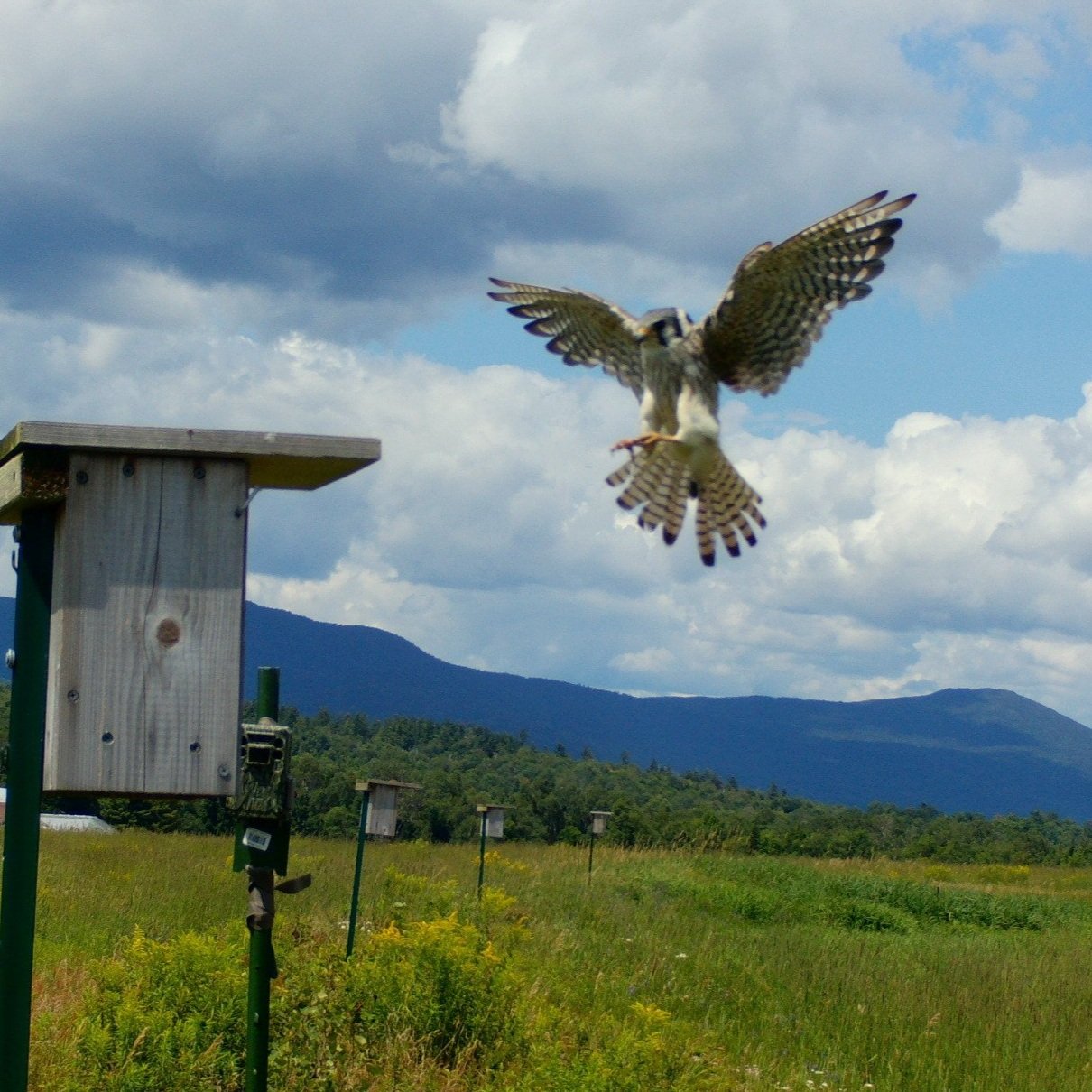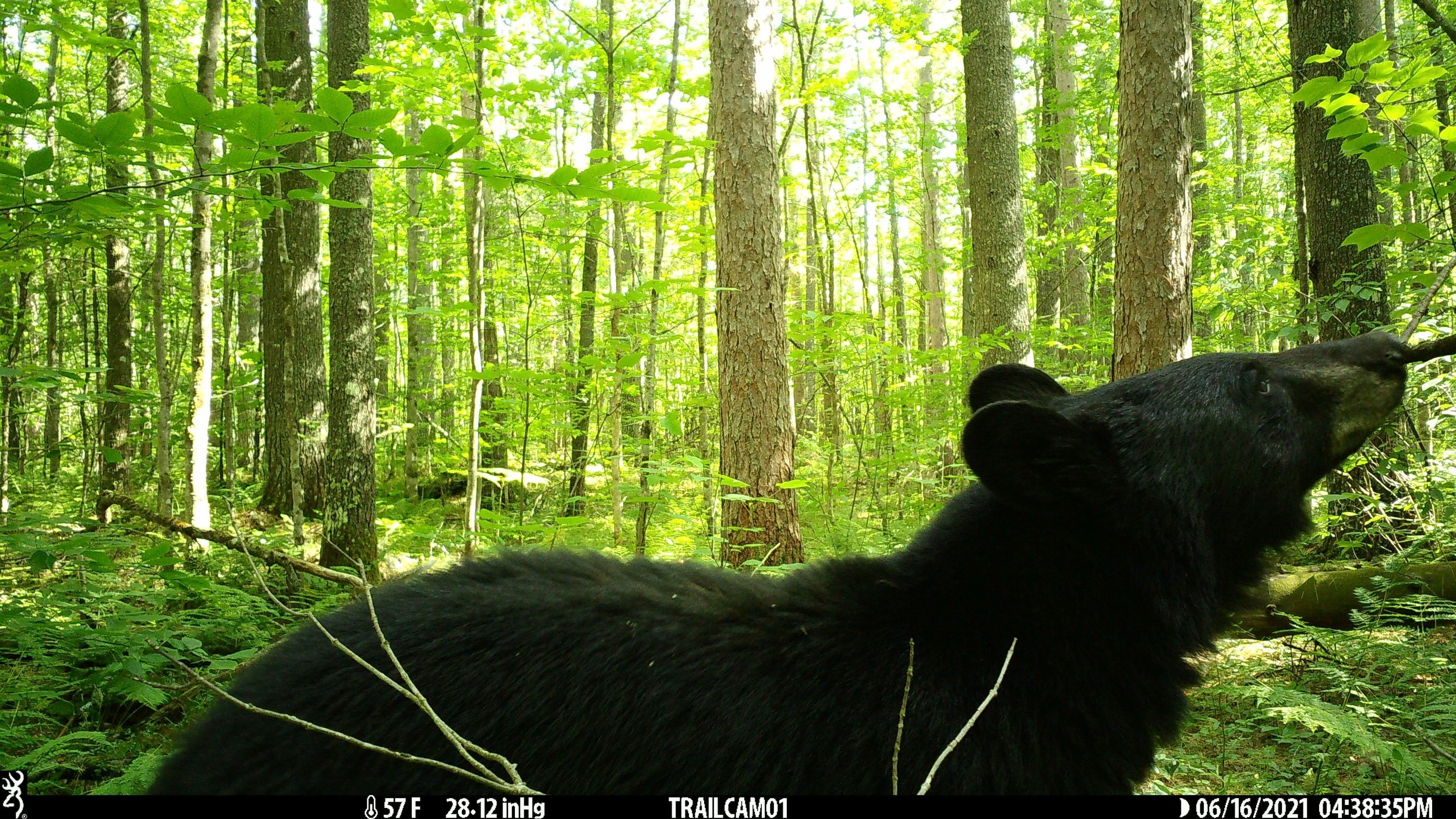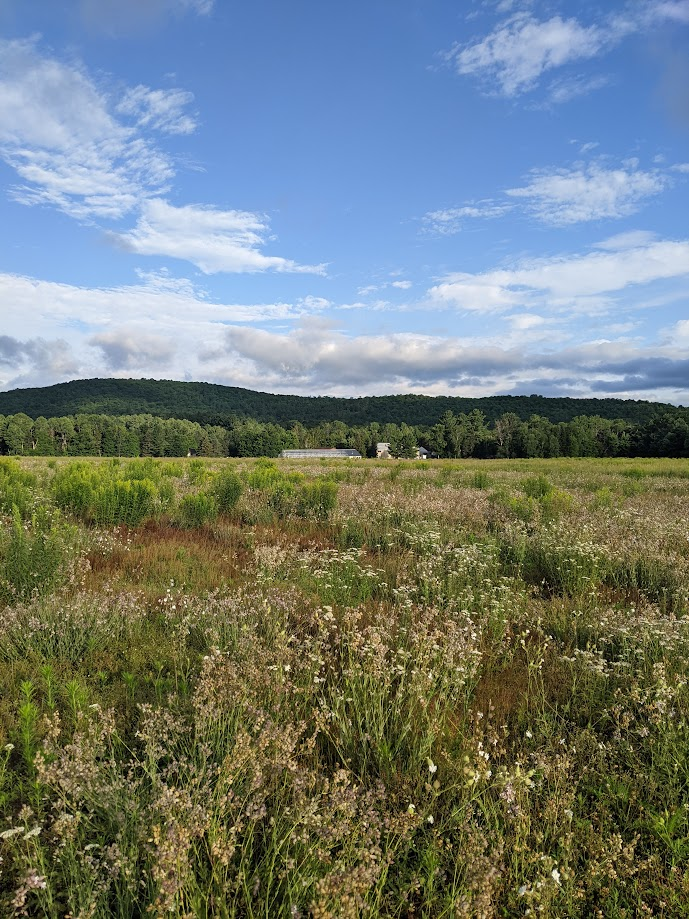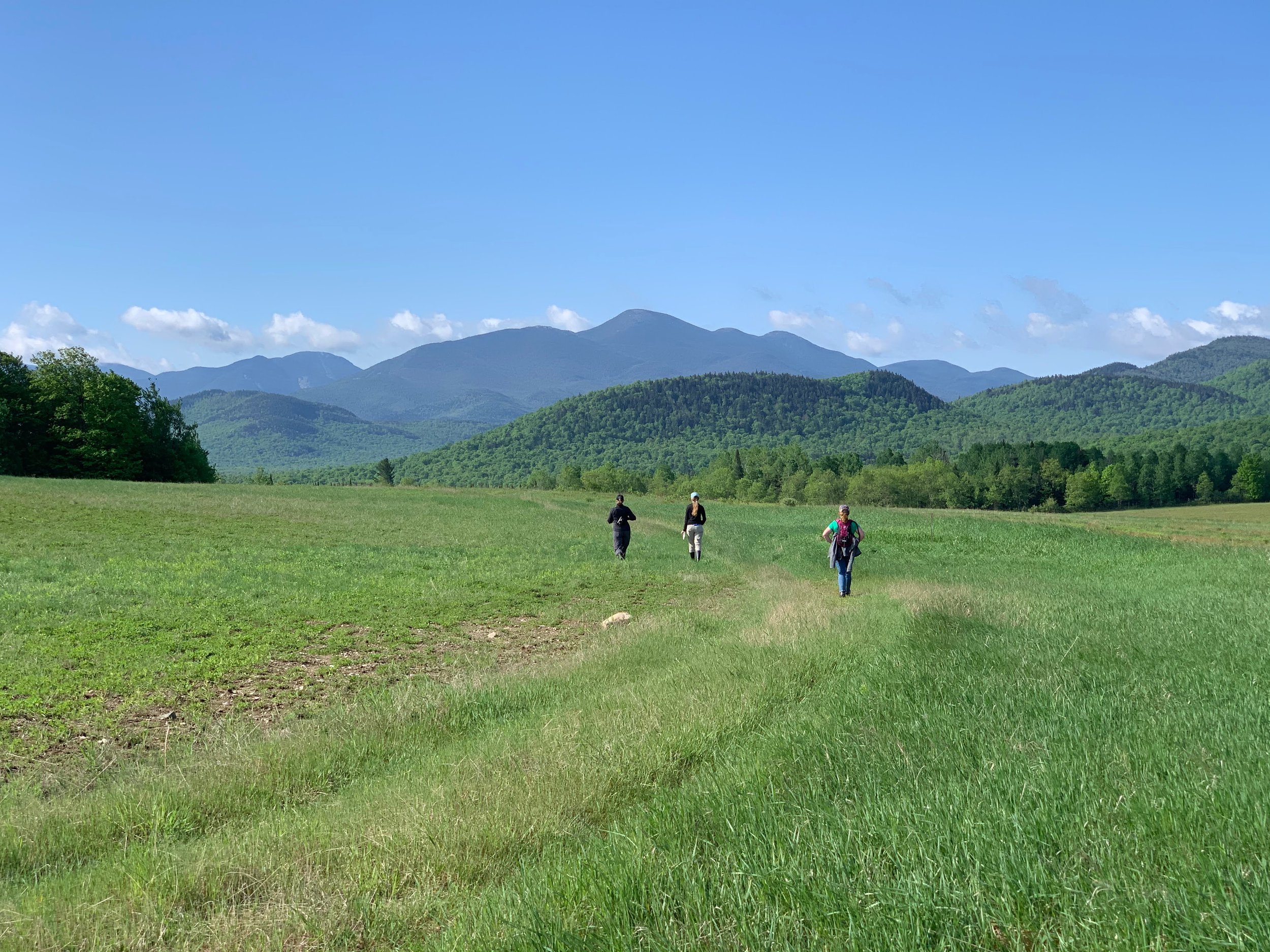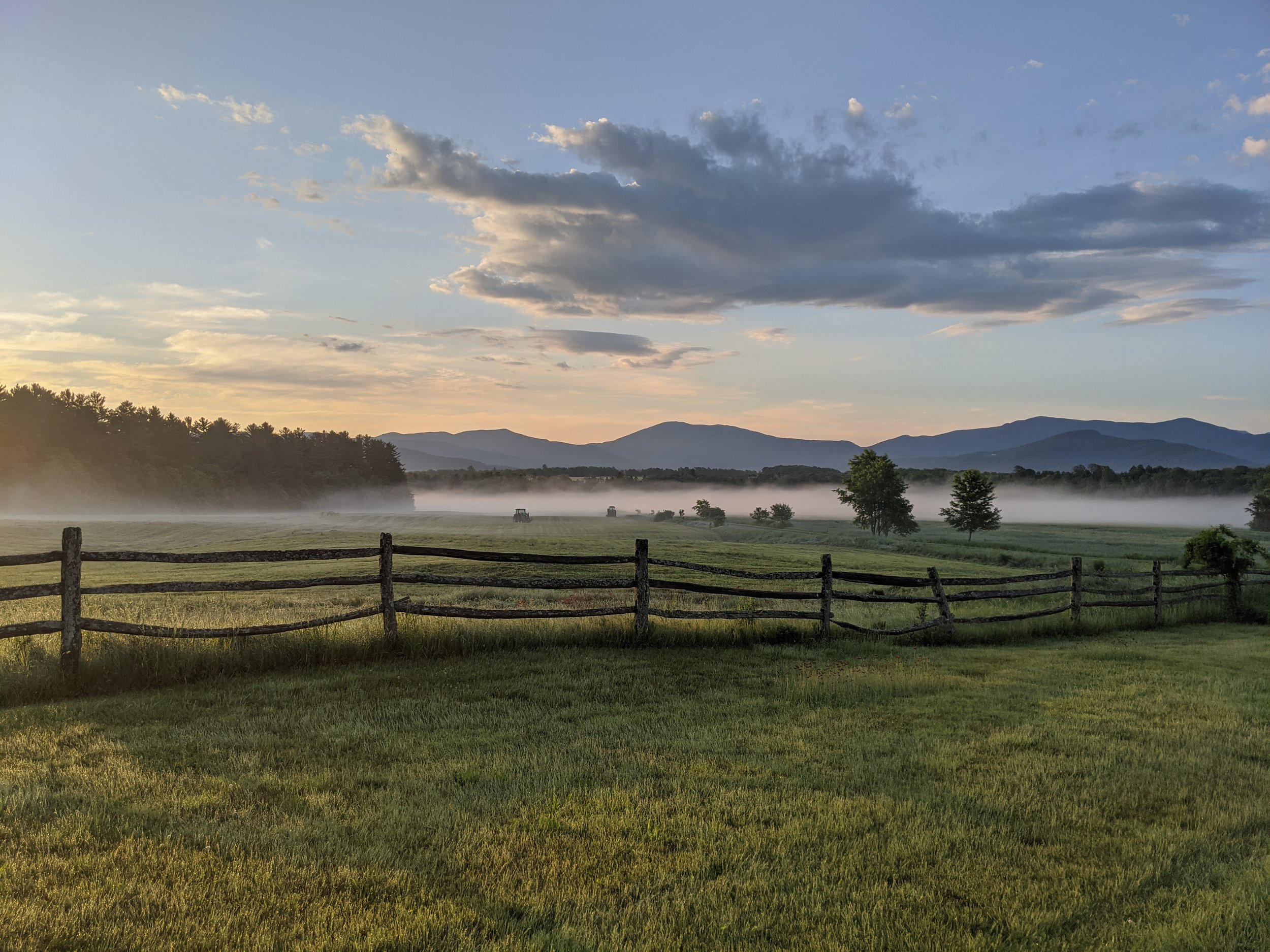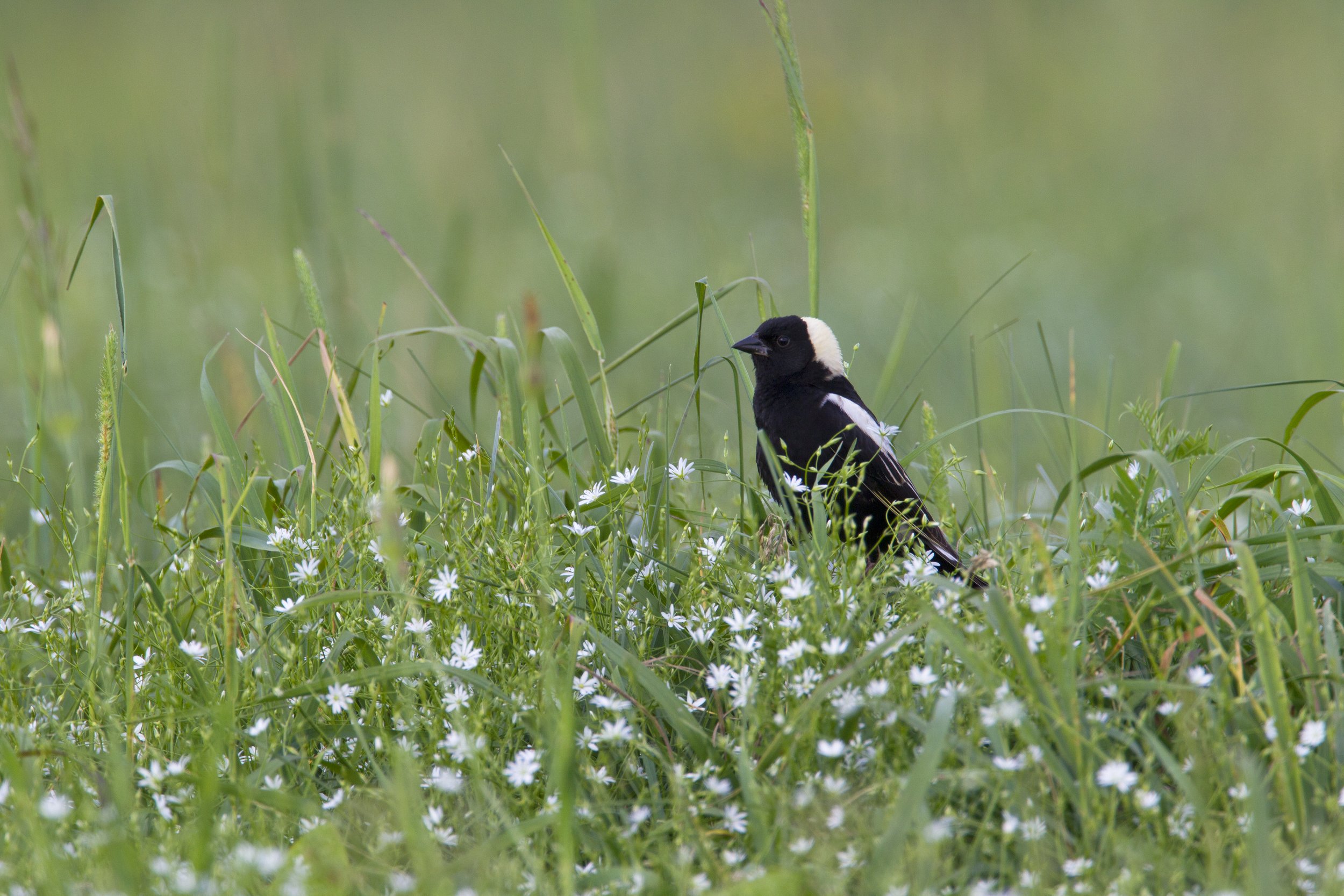
Wildlife Research
One of the most important ecosystem services of healthy watersheds is the protection of water quality, and among the most powerful indicators of upland health and intactness are the wildlife communities who find homes here. Three quarters of the Adirondack landscape consists of forests. Combined with wetlands and water, these 3 habitats make up 95% of the Park. They are intricately mixed and interconnected and their characteristics can tell us a lot about the ecological integrity of the landscape. AWI works to safeguard the health of terrestrial and wetland habitats by monitoring wildlife communities and investigating the impact of important stressors including upland development, recreation, and climate change.
Development
Though a small proportion of the Adirondack landscape, roads and developed areas have outsized effects on the surrounding system. In collaboration with the Wildlife Conservation Society, we are investigating the myriad ways in which residential development impacts wildlife in the Park, from alteration of habitat structure, to redistribution of resources and predation pressure, to disturbance from intangible effects like noise and nighttime lights. Studies have helped us to understand the characteristics of wildlife species that are most sensitive, the amount of area impacted and speed at which impacts can occur, the resulting effects on community structure, and the degree to which our findings translate in other ecosystem types. We are continually working to bring important messages from this research to stakeholders who make decisions about private land development in the Park. Our work with the Uihlein Foundation in Lake Placid is also helping us to understand the unique challenges faced by grassland birds in agricultural settings and to provide recommendations for management of these private-land dependent habitats.
Recreation
Forest Preserve lands in the Adirondacks, though constitutionally protected, are also subject to impacts resulting from anthropogenic activity. Most protected lands, here and elsewhere, exist with a dual mandate to protect natural resources and to provide for recreational access, with the associated assumption that these two goals are compatible. Recreation has a variety of consequences for wildlife and ecosystems, however. AWI works to understand the spatial and temporal patterns of both aquatic and terrestrial recreation, and to identify the resulting implications for wildlife communities and for the transport of aquatic invasive species in Adirondack waters. This work is helping to provide recommendations for recreation management that can minimize negative impacts to wildlife communities.
Climate Change
Warming global temperatures are a threat that transcends public and private lands and affects all habitats and ecosystems. High latitude habitats are particularly at risk. The Adirondack Park is located at the transition between 2 biomes – the temperate forest which characterizes most of our landscape – and the boreal forest which appears in small patches throughout the Park and lends a distinctly northern flavor to the region. The Park is the southern range extent for a number of species, among them a suite of boreal birds who are found nowhere else in the state and who make their living in high and low boreal habitats like peatlands and high elevation conifer forests. These birds serve as an important indicator of the ways in which climate change is impacting Adirondack habitats, and our long-term monitoring of their communities has identified key drivers of change in our landscape. Climate change is among the threats most strongly impacting these boreal communities and we hope that our work to elucidate the changes we’re observing, through both science and art, will serve as an inspiration to action.
Learn more about Best Management Practices for boreal wetlands here:

